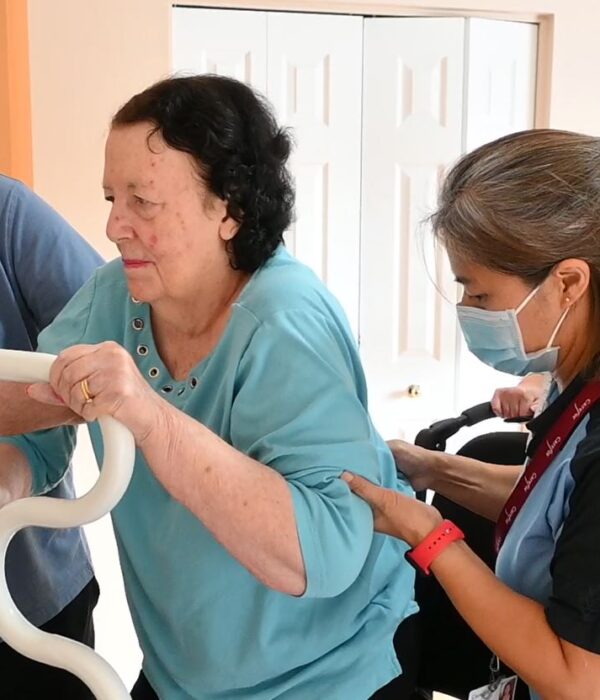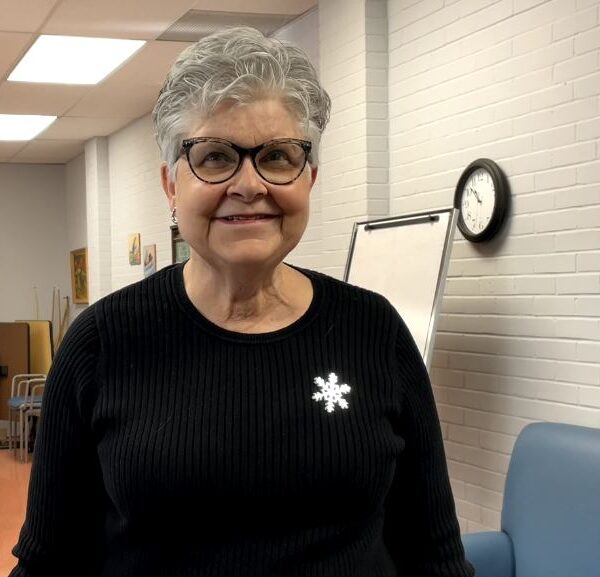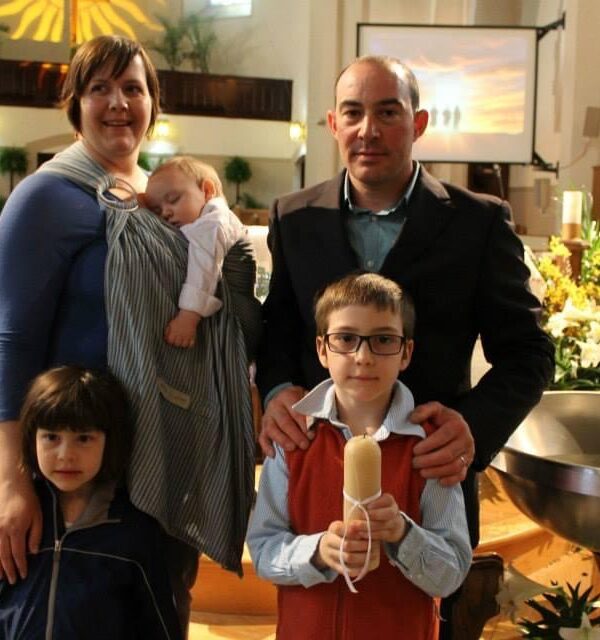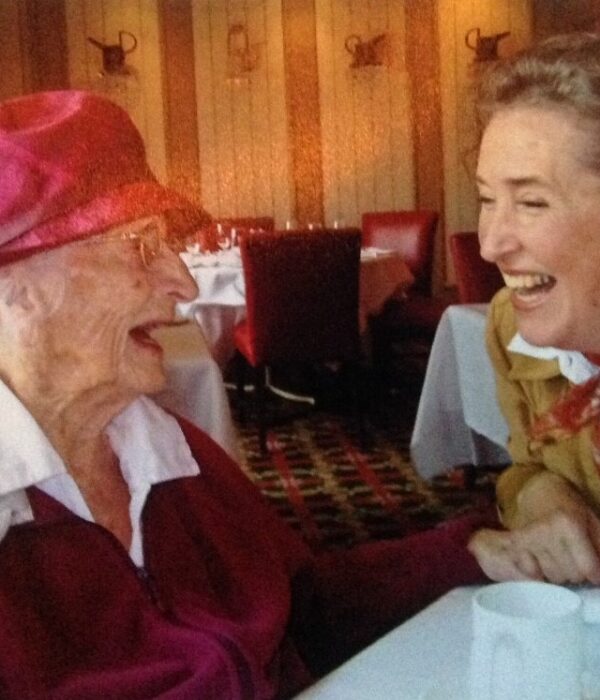Joan and Bob have known each other for 75 years. They met as five-year-olds growing up next door to one another. “I married the girl next door,” says Bob with a smile. Now, on the verge of their 80th birthdays, they will be celebrating this milestone together in the fall. The question used to be whether or not Joan would be able to attend the party. Now there’s no question. She’ll be there.
Not to long ago it was a different story. Joan’s daughter, Paula, said she was “was unresponsive, not engaging, hardly moving.” Joan lives with Parkinson’s disease and bi-polar disorder, and so too does her family. Like many diseases, they affect more than just the person suffering from them.
Parkinson’s causes a deterioration of one’s physical ability over time, leaving many common activities more challenging. Barriers to previously accessibility activities becomes greater as the body’s mobility lessens. The client becomes more isolated and so does the family as it becomes impossible to safely leave the home.
We often take our mobility for granted. A trip to visit friends or to a concert requires a little planning but not much more. But as the body weakens so too can the mind. We all saw what being isolated in our homes did to our mental state through the pandemic. Imagine if this was your every day.
Independence and Community
But Joan’s husband, Bob, never gave up hope. Joan qualified for the High Intensity Supports at Home (HISH) program which provided her with personal support services three times a day. But when they really saw a difference was when Carefor physiotherapist Thu Roan brought PWR!Moves to their home.
PWR!Moves is short for Parkinson’s Wellness Recovery and is a higher intensity exercise program which leads participants through a series of movements which mimic the types of movements one might do regularly in their lives. Reaching up, to the side, bending, leaning movements are all exaggerated to be able to help the brain draw connections that become lost with Parkinson’s. Through repetition, the body starts to reconnect with the brain and maintain ways of moving that might otherwise be lost.
Before PWR!Moves, the talk around Joan moving into a long-term care was become more real. “Six years ago, we were looking at her going into a home. She was going like this,” says Bob, his forearm angling downward. “Now there’s no way” he says with confidence. “People talk about the change in Joanny. They can’t believe it.”
“Everyone mentions the last six months; they’re aghast at the improvement,” says Bob. “She’s perky. A different person. It’s made a huge change in our lives. She’s happier.”
You can see the energy in the family. There’s hope. Not too long Joan’s condition had them isolated but now they’re out in the community together. “We thought, now that she can stand on her own, where can we go?” remembers Bob. The first place was to church. “[Joan] was looking around at who she wanted to talk to. You’re too isolated in the home. Now you’re out in the community. You go from house to community. It’s a massive change.”
To learn more about Carefor’s physiotherapy services visit the Carefor website.






